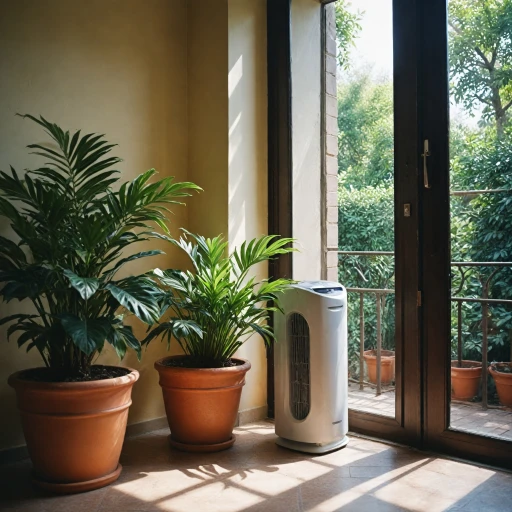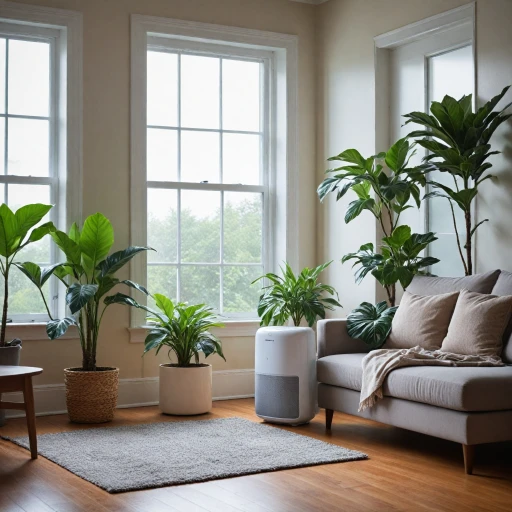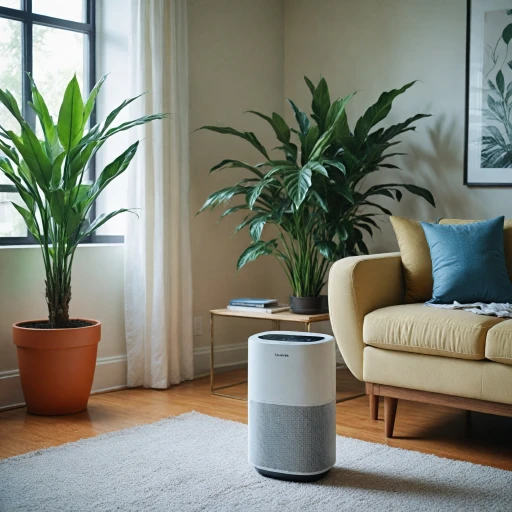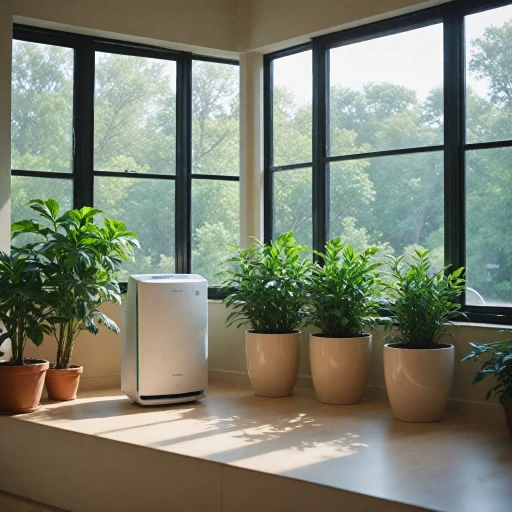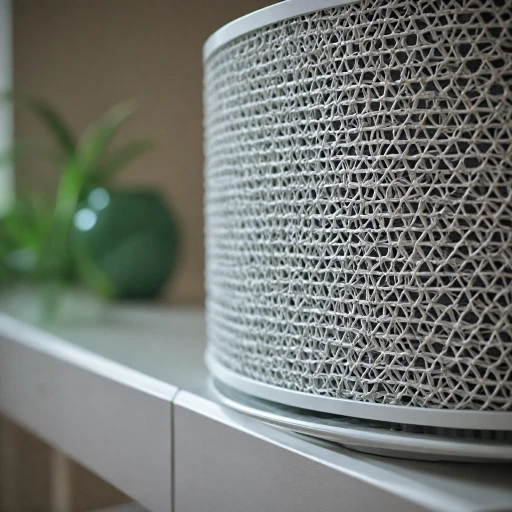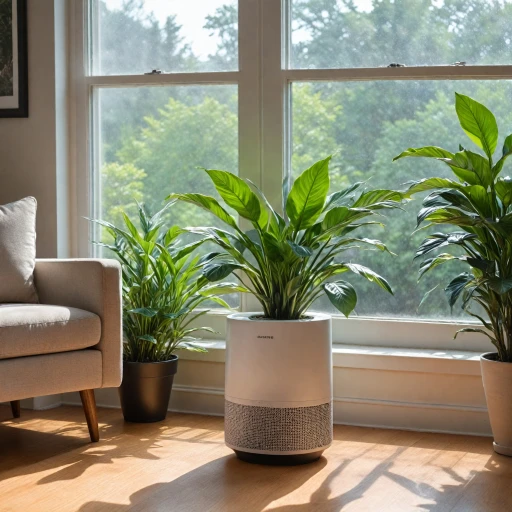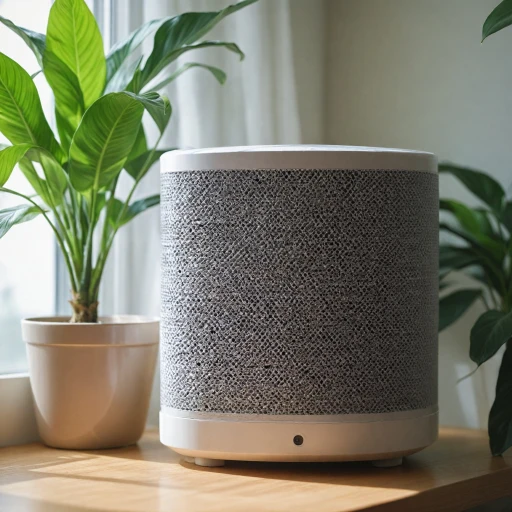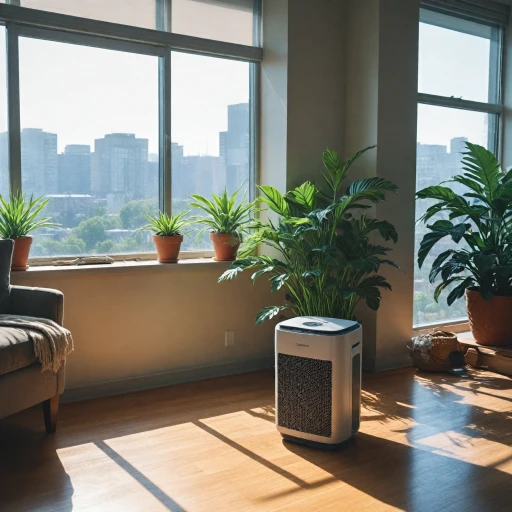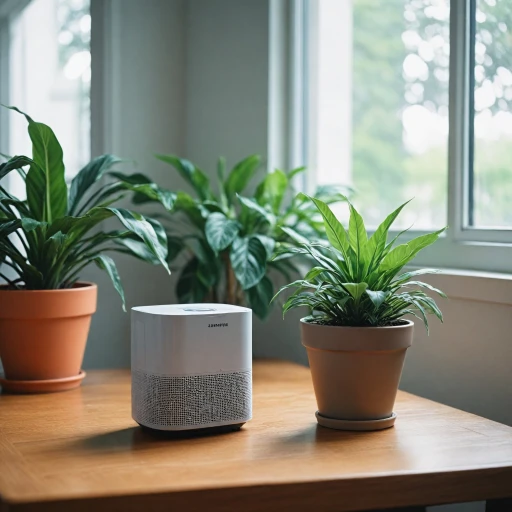
How Electrostatic Air Purifiers Work
Exploring the Inner Workings of Electrostatic Air Filtration
Electrostatic air purifiers function in a uniquely efficient manner compared to traditional air filters. They are designed to improve indoor air quality by leveraging the principles of static electricity. These purifiers use an ionization process to charge airborne particles, which are then attracted to oppositely charged collection plates. This is different from mechanical filters like HEPA, which physically capture particles as air passes through a dense filter material. Electrostatic air cleaners provide several benefits that are enhanced by their electronic configuration. These purifiers excel at trapping smaller particles, including dust, pollen, and even some bacteria, which can often bypass regular filters. Due to their electronic nature, electrostatic air purifiers can sustain higher airflows, ensuring that large volumes of indoor air are purified in a short period. The efficiency of these systems against microscopic particles improves overall indoor air quality significantly. However, one aspect that potential buyers often inquire about is ozone generation. Some electrostatic precipitators may emit small amounts of ozone, a byproduct that can affect health. It's important to research extensively, as some advanced models and reputable brands, like Coway Airmega, focus on minimizing ozone emissions, thereby providing safer home environments. For those interested in how these devices specifically tackle challenging pollutants like cigarette smoke, this helpful guide delves into the nuances of air cleaning technologies, offering insights on their effectiveness and considerations to keep in mind. The integration of electrostatic technology alongside options such as UV air purification can offer enhanced solutions to complex air quality problems faced in many homes today. In conclusion, the innovative approach of electrostatic air purifiers makes them a compelling choice for individuals seeking high-efficiency cleaning devices. With their ability to effectively capture fine particles and maintain consistent filtration, they stand out among other types of air purifiers. However, remembering to weigh the potential for ozone production and balancing it with your specific needs is crucial.Advantages of Using Electrostatic Air Purifiers
Outstanding Efficiency and Performance
Electrostatic air purifiers offer a host of advantages that make them extremely attractive for those looking to improve indoor air quality. One of the primary benefits is their high-efficiency in removing particles from the air. These devices utilize electrostatic precipitators to capture dust, pollen, and other airborne irritants. By charging particles, they attract contaminants like a magnet, effectively reducing allergens in your living space.
Advantage of Reusable Filters
Unlike many portable air purifiers that use disposable filters, electrostatic models often come with filter systems that are reusable. This eco-friendly feature not only saves you money in the long run but also reduces waste generation. Regular maintenance of these air filters ensures longevity and optimal performance of your air cleaner.
Reduction of Harmful Ozone Levels
A common concern with electronic air cleaners, including electrostatic types, is their potential to generate ozone. However, modern designs minimize ozone generation, maintaining safety while ensuring effective air cleaning. It's important to verify the ozone emission levels when selecting a device to avoid health risks.
Cost Benefits and Accessibility
Electrostatic purifiers often come with a lower purchase price compared to HEPA filters and advanced smart air systems. Their cost-effectiveness and various sizes make them accessible to a range of consumers, fitting different budgets and space requirements—from small portable models to larger units compatible with HVAC systems.
For further insights on how air purifiers handle specific pollutants such as cigarette smoke, explore more about the efficacy of these systems against challenging impurities.
Comparing Electrostatic Air Purifiers to Other Types
Distinguishing Features of Electrostatic Air Purifiers
Electrostatic air purifiers stand out in the realm of air cleaning devices due to their sophisticated technology and unique benefits. In comparison to other types, such as HEPA filters and UV-based systems, electrostatic air purifiers leverage electronic methods to improve indoor air quality. This technology offers distinct advantages over traditional methods.
Traditional air purifiers are often categorized into mechanical and electronic. Mechanical systems like HEPA filters operate by trapping particles as air passes through a dense material, offering high efficiency in particle capture but potentially requiring frequent filter replacements. Electrostatic air purifiers, however, use electronic components to induce a charge on particles in the air, causing them to adhere to collector plates. This reduces the need for repeated filter changes, presenting a more convenient option for some users.
When it comes to portability, electrostatic cleaners often provide a more compact solution compared to larger mechanical systems, making them ideal for both portable air cleaner solutions and integration into existing HVAC systems. In some models like the Coway Airmega, the combination of high-efficiency particle capture with modern smart features offers a sophisticated air cleaning system, catering to the increasing demand for smart air technologies.
Another notable consideration is that electrostatic purifiers typically do not produce ozone as a byproduct, making them a safer choice for maintaining indoor air quality. In contrasting systems that might generate ozone, understanding the implications of ozone generation is crucial for air purification. For more insights into alternatives that minimize filter replacement needs, you can explore air purifiers that don't require filter changes.
Considerations Before Purchasing an Electrostatic Air Purifier
Key Factors to Consider Before Buying
When you're in the market for an electrostatic air purifier, there are several important aspects to weigh before making a purchase. These devices can be a great addition to your indoor air cleaning arsenal, but they come with specific considerations that can impact their effectiveness and suitability for your needs.
Assessing Indoor Air Quality Needs
First, evaluate the air quality in your home or office. If you're dealing with high levels of dust, pollen, or smoke, an electrostatic air cleaner might be a good fit. These purifiers excel at capturing smaller particles that mechanical filters might miss. However, for environments with significant chemical pollutants or odors, you might need additional filtration methods.
Understanding Ozone Generation
One potential downside of electrostatic air purifiers is ozone generation. Some models can produce ozone as a byproduct, which might be a concern for those with respiratory issues. Ensure that the purifier you choose complies with safety standards regarding ozone emissions.
Size and Portability
Consider the size of the space you need to purify. Electrostatic air purifiers come in various sizes, from portable air cleaners to larger units designed for integration with HVAC systems. A portable air purifier like the Coway Airmega can be moved easily between rooms, offering flexibility in air cleaning.
Efficiency and Maintenance
Efficiency is another critical factor. Electrostatic precipitators are known for their high efficiency in trapping particles, but they require regular maintenance to maintain performance. Cleaning the collector plates is essential to prevent a drop in efficiency over time. Refer to maintenance tips to ensure your purifier operates optimally.
Cost Considerations
Finally, consider the cost, not just of the initial purchase but also ongoing maintenance. While electrostatic air purifiers can be more cost-effective in the long run due to the absence of replacement filters, the initial investment might be higher compared to other types of air cleaners.
Maintenance Tips for Electrostatic Air Purifiers
Keeping Your Electrostatic Air Purifier in Top Shape
Maintaining your electrostatic air purifier is crucial for ensuring its efficiency and longevity. Unlike mechanical filters, which require regular replacement, electrostatic air cleaners need a different kind of care. Here are some essential maintenance tips to keep your purifier running smoothly:
- Regular Cleaning: The electronic plates in electrostatic air purifiers attract particles, which means they can become clogged over time. It's important to clean these plates regularly to maintain optimal air cleaning efficiency. Depending on the model, this might involve washing the plates with water or wiping them down with a damp cloth.
- Monitor Ozone Levels: Some electrostatic air purifiers can produce ozone as a byproduct. While this can enhance air cleaning, excessive ozone can be harmful. Ensure your purifier is set to a level that balances air quality improvement without excessive ozone generation.
- Check for Wear and Tear: Over time, components like the electronic plates or the housing of the purifier may show signs of wear. Regularly inspect your device for any damage and replace parts as needed to prevent any decrease in performance.
- Follow Manufacturer Guidelines: Each model, whether it's a Coway Airmega or another brand, will have specific maintenance instructions. Adhering to these guidelines will help you avoid voiding warranties and ensure the purifier operates at its best.
- Integrate with HVAC Systems: If your electrostatic air purifier is part of a larger HVAC system, ensure that the entire system is maintained regularly. This includes checking air filters and ensuring that the air conditioning units are functioning properly.
By following these maintenance tips, you can ensure that your electrostatic air purifier continues to provide high-quality indoor air, efficiently removing particles and enhancing your overall air quality.


